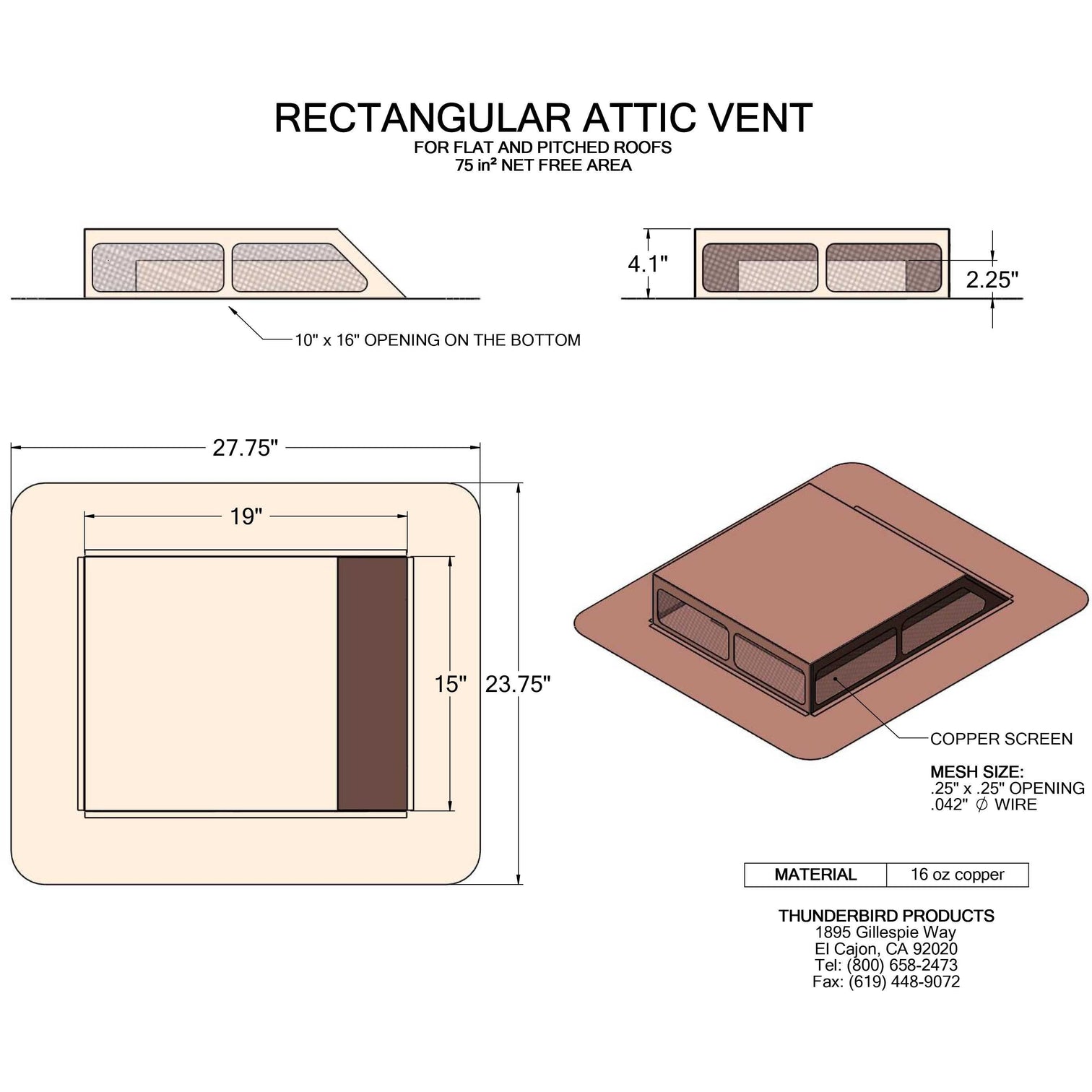Installing attic vents is more than just a technical task; it's about understanding the balance between your home's architecture, local climate, and your specific needs. This guide will take you through the entire process of attic vent installation, offering practical advice and insights to ensure a successful project.
Understanding attic ventilation
Imagine your attic as the attic of your home. It needs fresh air to circulate and expel stale, hot air. That's where attic vents come in. Intake vents bring in cool air, while exhaust vents release warm air. This balance is essential for maintaining a comfortable and energy-efficient living space.Benefits of proper ventilation:
- Energy Savings: A well-ventilated attic reduces the workload of your HVAC system, leading to lower energy bills.
- Roof Protection: Heat buildup is a roof's worst enemy. Proper ventilation extends its lifespan.
- Moisture Control: Prevents mold, mildew, and wood rot, safeguarding your home's structure.
- Improved Indoor Comfort: A cooler attic means a cooler home, especially during hot summer months.
Choosing the right attic vents
Selecting the right attic vents is like picking the right shoes – it depends on your home's specific needs. Let's explore your options:
- Soffit Vents: Located under the eaves, they provide crucial intake air for your attic.
- Gable Vents: Found on the gable ends of your home, these vents offer additional exhaust.
- Ridge Vents: These low-profile vents run along the roof's peak, offering continuous ventilation.
- Box Vents: Versatile vents that can be placed anywhere on the roof.
- Turbine Vents: These spinning vents rely on wind power for exhaust.
- Power Vents: Electrically powered for maximum airflow, but they require electricity.
- Solar Vents: Eco-friendly option that uses solar power to expel hot air.

When choosing attic vents, consider your roof type, climate, and budget. A balance of intake and exhaust vents is typically ideal.
Installing attic vents: A step-by-step approach
Installing attic vents is a DIY project for many homeowners, but it's essential to prioritize safety. Here's a basic outline:
1. Safety first
Rooftop work can be hazardous. Always prioritize safety by wearing appropriate gear, including gloves, goggles, and sturdy footwear. If you're uncomfortable working at heights, consider hiring a professional.
2. Planning & preparation
Before you begin, determine the optimal placement for your vents. Consider factors such as roof pitch, attic size, and local building codes. Gather the necessary tools, including a ladder, saw, drill, sealant, and vent covers. It's also wise to take measurements of your attic space to ensure you purchase the correct number and size of vents.
3. Cutting & installation
Carefully mark the locations for the vents on your roof. Using a saw, create precise openings for the vents, ensuring they align with your measurements. Install the vents according to the manufacturer's instructions, securing them firmly in place.
4. Sealing & weatherproofing
Proper sealing is crucial to prevent leaks and energy loss. Apply a high-quality sealant around the vent and any cut areas to create a watertight seal. This step is essential for maintaining your attic's insulation and preventing moisture damage.
5. Testing & adjustment
Once the vents are installed, take some time to assess their performance. Check for proper airflow and any signs of leaks. Make necessary adjustments to ensure optimal ventilation.
By following these steps and prioritizing safety, you can successfully install attic vents and improve your home's comfort and energy efficiency.
Remember: If you're uncomfortable with heights or roofing work, consider hiring a professional.
Addressing Common Concerns
- Cost: The cost of attic vent installation varies based on vent type, quantity, and labor. DIY projects can save money, but professional installation ensures proper placement.
- Local Regulations: Check local building codes and permits before starting any roof work.
- Ventilation Balance: Aim for a balanced intake and exhaust system. Too much or too little ventilation can be detrimental.
- Maintenance: Regular inspections and cleaning are essential for optimal performance. Remove debris and obstructions to maintain airflow.
By investing time and effort into proper attic ventilation, you'll create a healthier, more comfortable, and energy-efficient home.
Getting started
By understanding the basics of attic ventilation, choosing the right vents, and following a careful installation process, you can enhance your home's comfort and longevity. This guide provides the foundation you need to make informed decisions and achieve the best results.


